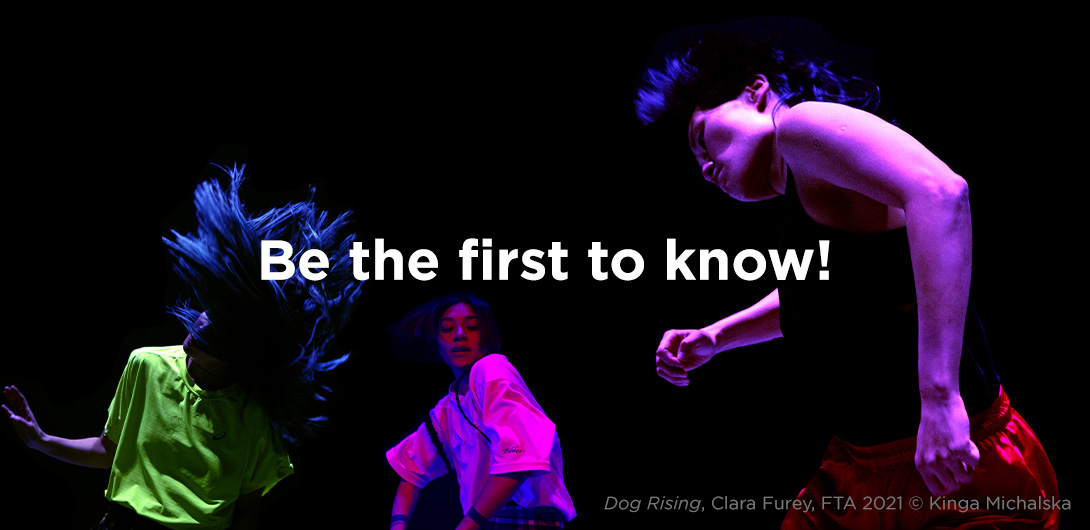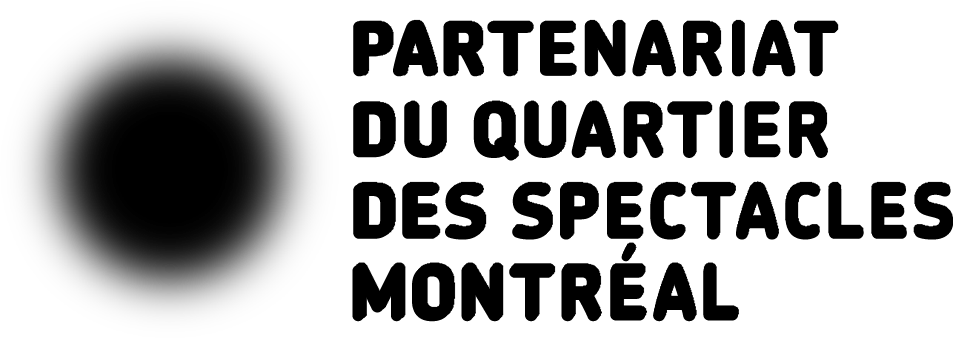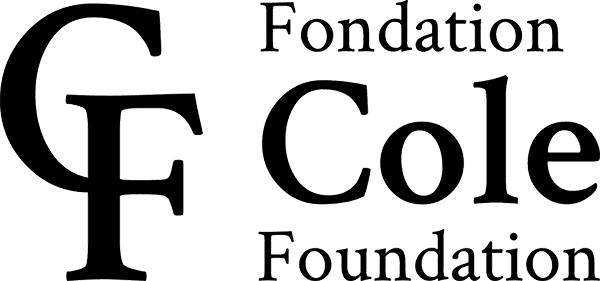Pierre Lefebvre, what exactly did you write?
P.L.: I wrote an essay on the impact of politics on the body, which was intended to have two lives: one on paper and one on stage. It all began with a short text that Olivier Choinière asked me to write in 2016 for his second volume of 26 lettres : Abécédaire des mots en perte de sens (“26 Letters: An Abecedary of Words Whose Meaning Is Being Lost”). He assigned me L for “Liberal”—the idea, not the party. I therefore addressed my letter to Quebec’s premier at the time, Philippe Couillard. I tackled two issues. One: no place exists where he and I can talk to each other. If you yourself don’t have any power, any conversation with François Legault, Pierre Karl Péladeau, Jeff Bezos, or Alain Bouchard is practically impossible…
Two: to justify his austerity measures, he argued that they were necessary to prevent Quebec’s standing from decreasing with New York’s credit rating agencies, then rejoiced at the success of his strategy. The fact that a supposedly sovereign premier is depriving his fellow citizens in deference to private organizations in another country made me wonder: as a citizen, who am I forced to obey?
Afterward, I took part as a dramaturge in a Système Kangourou project with teens called le pouvoir expliqué à ceux qui l’exercent (sur moi) (“Power explained to those who wield it (on me)”); working on this led me to revisit the thinking of philosophers such as Hannah Arendt, Tocqueville, Montaigne, La Boétie, and Rancière in a theatrical context focused on orality.
What’s more, over the years, actors such as Alexis Martin and Sébastien Ricard, or directors such as Dominic Champagne and Christian Lapointe, had adapted some of my non-theatrical texts for the stage, showing me that they gained another dimension there.
Benoît Vermeulen, what are the challenges of staging a written text like this?
B.V.: I didn’t really know Pierre’s writing when he proposed exploring the theatricality of his text during a very open-ended workshop. But as soon as I read Le virus et la proie, I immediately perceived its theatrical potential. That said, how to stage this text effectively, so that its power will be conveyed from the stage to the house, is not obvious.
The language seems dense and intellectual at first glance, but once you speak it aloud, it engages the body as well. We also had to ensure that the relationship between the stage and the house would serve to establish a relationship between citizens. We were guided by the evidence of its physical impact. With the performers, we first had to do the work of unpacking the meaning, sometimes spending three hours on a single page—what fun! But once that work was done, it had a surprising result: the text became very easy to understand when listening to it, much more so than when reading it. That’s what the public reading we did last year at the FTA demonstrated.
We also had to render the text—which at first gives a false impression of proceeding regularly—dynamic and highlight its contrasts and tensions. There are no internal conflicts; instead, there are shifts between the personal and the political, which we needed to emphasize. We had to divide up and assign the text. I agreed with Pierre about the benefit of using multiple voices rather than making it a monologue. Having a diverse cast in terms of age and background enhances the power of the text’s portrait of daily dehumanization: it’s a phenomenon that affects people of all social classes and all cultures. And since Le virus et la proie relentlessly shines a light on a shocking state of affairs, we also had to avoid constant cynicism and anger, which would have forced the actors to be angry from start to finish.
Did the pandemic influence the show’s development?
P.L.: The pandemic caused a break in the work, but that pause gave the team time to internalize the text. When work restarted, everything naturally fell into place using a kind of back-to-basics approach: embodying the words as simply as possible. The actors got to where they needed to be: performing with their bodies, not with their heads.
B.V.: That idea of simplicity became even more prominent in terms of the show’s theatricality. Yes, there is some set dressing, but it’s not a set as such. As for the props, the costumes, the lighting, we listened to the actors’ delivery of the text and, one by one, we provided only those elements which, during the course of the work, seemed necessary to make the meaning clearer.










